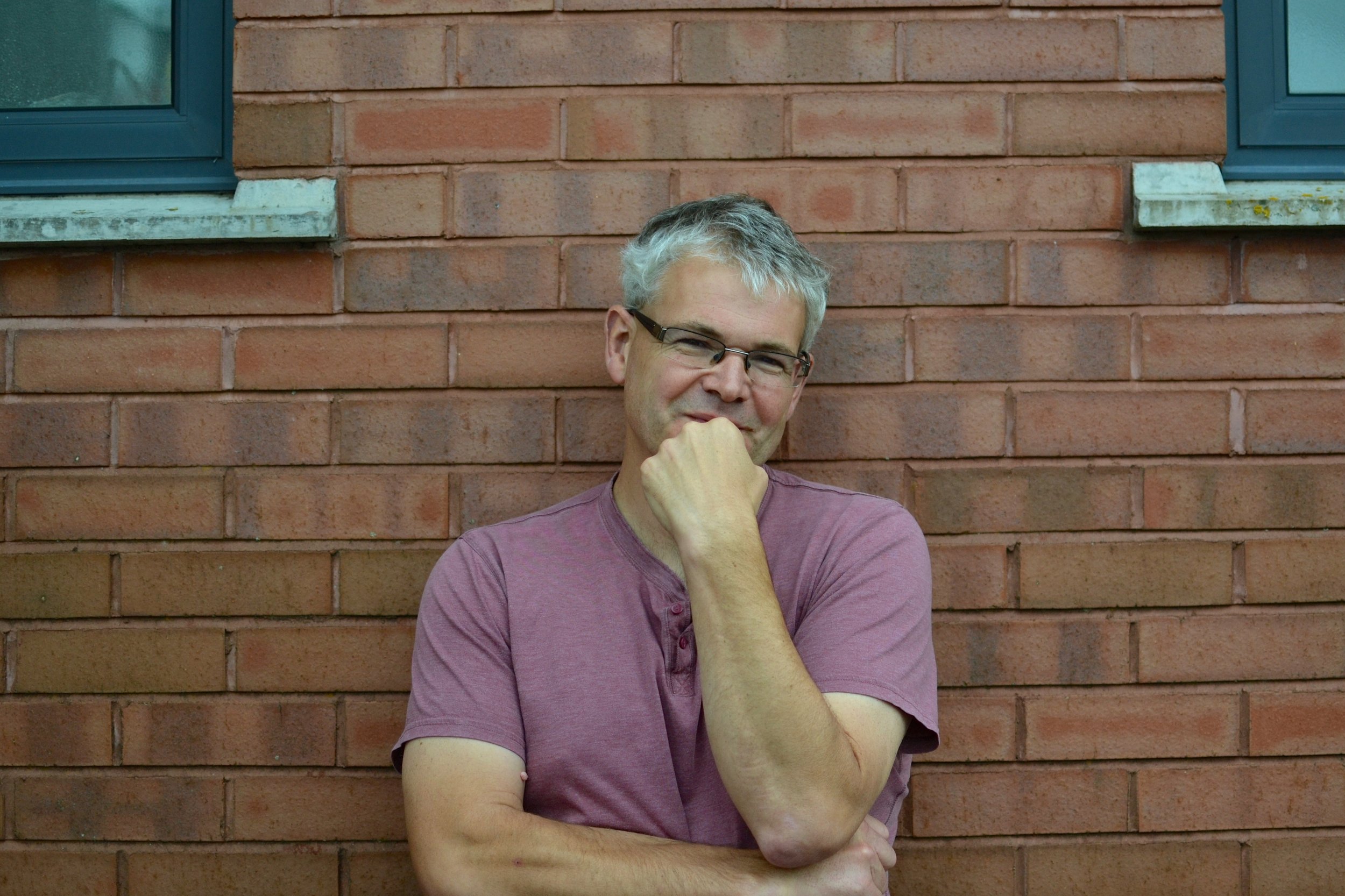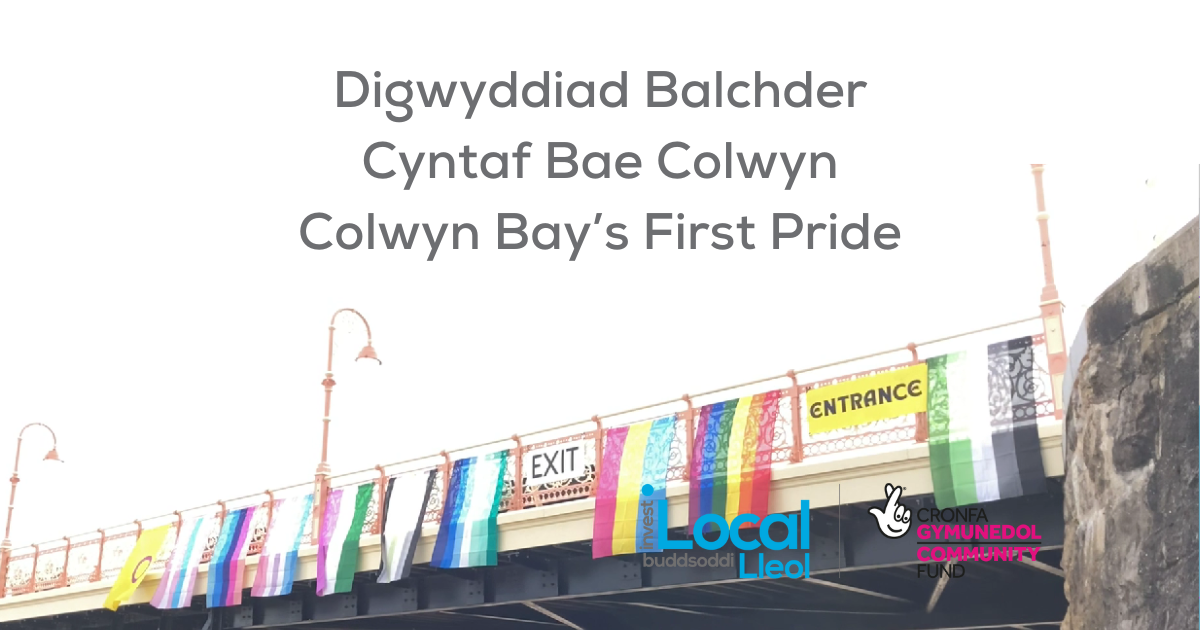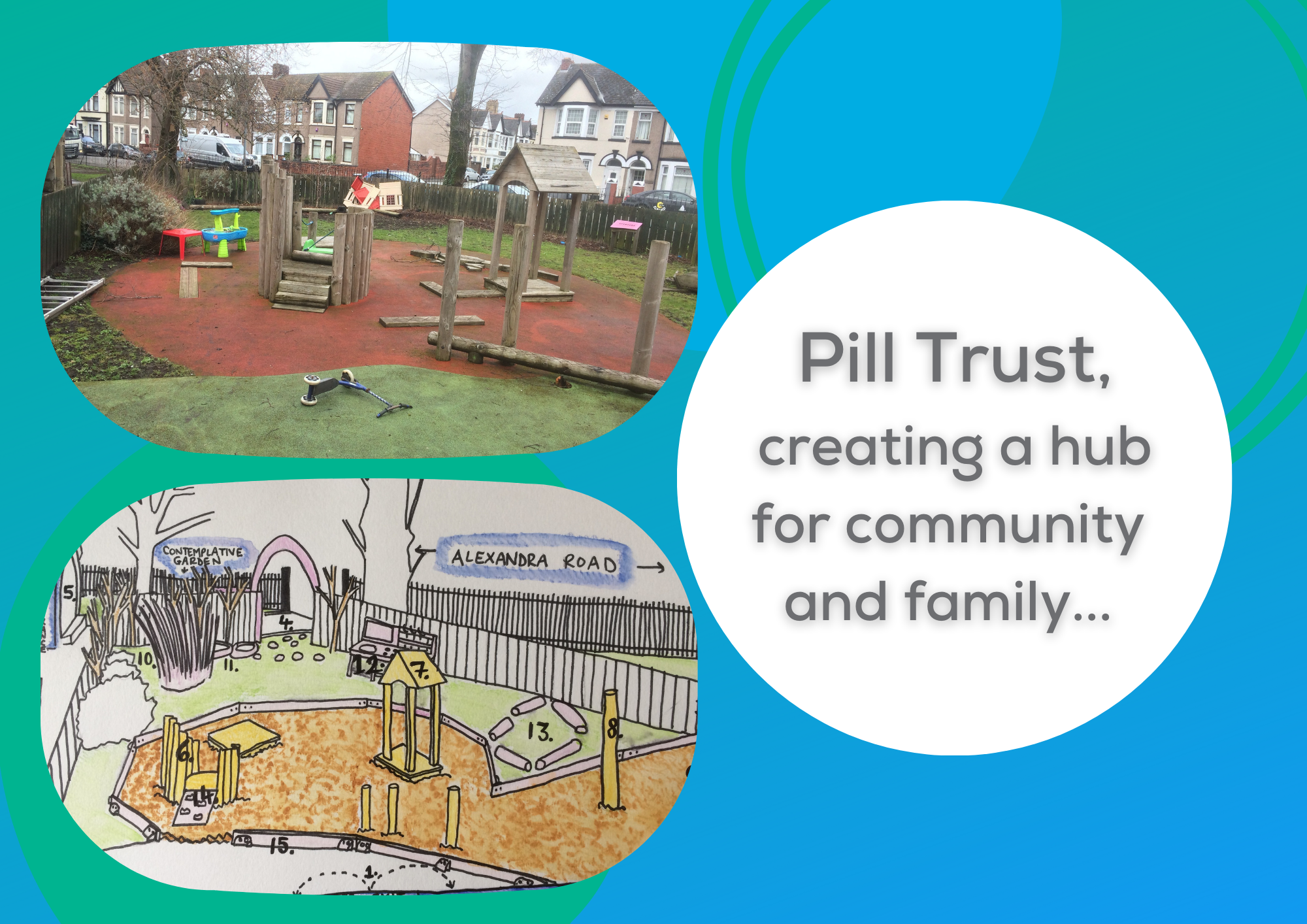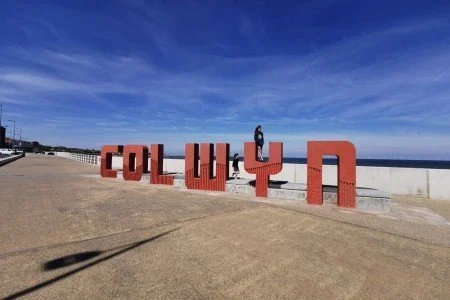RESILIENT COMMUNITIES: TREADING ON WELL-WORN GROUND


With the demise of Communities First, the Welsh Government’s priority is ‘resilient communities’. In his latest blog, BCT Chief Exec Chris Johnes explores exactly what this means.
Supporting the development of resilient communities is the Welsh Government’s priority as it looks beyond Communities First. And it is a logical one - in the face of further austerity, economic uncertainty and increased demand for health and social care spending, other Government services and funding will get squeezed. As services reduce further, local people will need to take on a larger role at community level for delivering services they might have once expected from the state, as well as providing more mutual support.
However, the government doesn’t need to – and can not – create resilient communities, because resilient communities are developed by the people who live in them, aided (or possibly undermined) by the external organisations who work in them. And the truth is in Wales – as in other parts of the UK – there are many of them, regardless of how high profile the activities or work that is going on.
These resilient communities are characterised by the degree to which people provide support to each other, both on an on-going basis and when people face moments of crisis or stress. Critically, it means that when people face big challenges, support is there for them beyond their immediate family.
In strong communities, many services and activities are typically provided by and for local people: social activities, informal support groups (from young mothers through to pensioners), as well as advice services and emergency food provision.
Across most of the communities that BCT works in, we see all or some of these activities taking place driven by local people, either alone or in partnership with statutory or large voluntary organisations – but rarely by these external groups on their own.
We also see the importance of local elected council members acting as strong advocates for their local communities, which helps make critical connections and reduces the risk of marginalised areas being ignored by decision makers. And in a few areas, we can see communities often seen as ‘poor’ getting their voices heard by decision makers in health boards or local authorities.
There is no set formula for developing resilient communities, but we do consistently see two key ingredients – capacity and trust, both of which are specific to each local area.
Capacity means having institutions and groups of people who can offer activities and/or facilities which are locally responsive and accessible. The importance of local venues where people can meet is fairly fundamental, and while these venues can be provided by external organisations (such as local authorities or housing associations) they are more likely to be available on terms that local people find attractive when that are run locally.
Trust is about the relationships between local people, and between local people and organisations: people being willing to give their time to help run social activities, to share with others, and feeling that whatever is happening locally is ‘for them’. People or organisations running activities can win or lose trust by how they operate and who they involve, but where there is trust people will and do come together to socialise and provide the mutual support that creates resilience.
The Government now wants to see more communities operating like this. But they need to recognise that they can’t create trust or local capacity – although they can encourage the latter. I’ll return to some of the specific mechanisms they might use to support resilience at community level in a future blog, but it will be essential they recognise the work that is already there and learn from that rather than trying to start afresh.
As Welsh Government’s consultation into the future spending purposes for the Dormant Assets Scheme in Wales comes to a close BCT’s Policy Officer, Eleri, outlines why we’re calling for the funding to be used to support community action.
Georgina Edwards, Policy and Research Manager at the Plunkett Foundation reflects on our recent panel event focused on Community Assets.
MaesNi Environmental group focus: Creating spaces for nature and community wellbeing.
Building Communities Trust’s Policy Officer, Matthew Brindley, describes why supporting communities to develop their strengths and assets should be a top priority for Government and decision makers in 2022.
Invest Local groups made sure that this would be a summer to put smiles on people’s faces after a difficult year and a half for their communities.
Vin Murtagh from grassroots community action group Together for Colwyn Bay talks about campaigning from the ground up with communities to make good things happen.
Building Communities Trust’s Policy Officer, Matthew Brindley looks back at the election campaign for Strong Welsh Communities and outlines how the new Welsh Government and Senedd can help develop the strengths and assets of local people and community-based organisations.






























